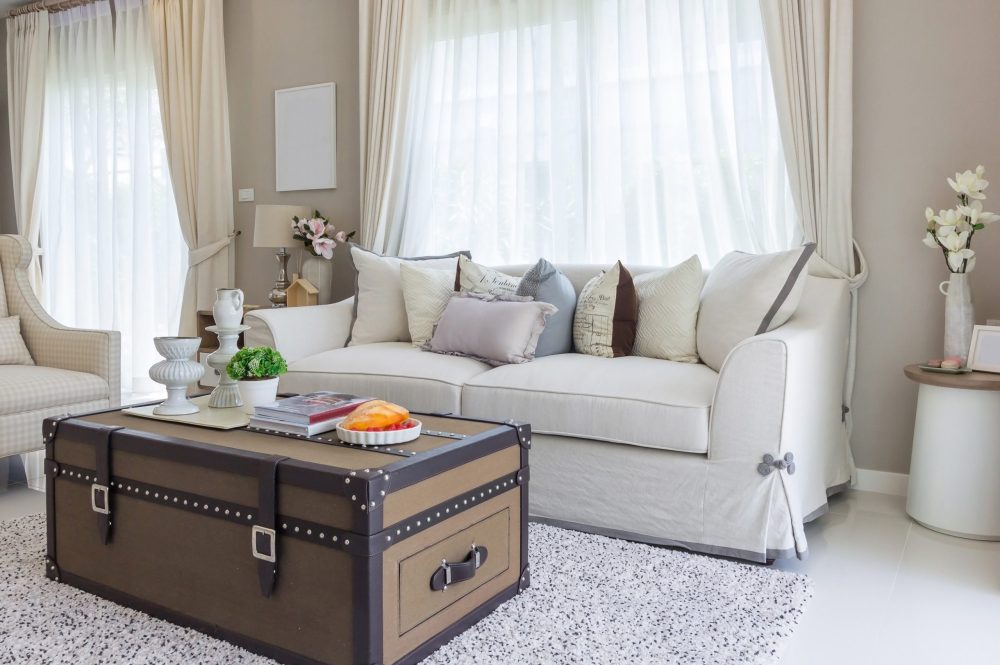Luxury kitchens to impact a tough market

2009 has been a tough year for the high end kitchen furniture market, both in Italy and internationally.
In Italy, some high end kitchen manufacturers had to record decreases of sales in the range of 10% (proportionally to the whole market slowdown) and an even worse export trend of -15% (provided that most exported kitchens are middle-high end). According to a CSIL survey held in New York, during the first half of 2009 high end kitchen specialists recorded a severe slump of both quantities and prices.
Nevetheless, luxury kitchens represent a valuable market of some 500,000 kitchens produced yearly on a world scale. This market comprises both leading brand companies and “bespoke” handicrafts addressing affluent consumers, who mainly purchase high end “classic style” kitchens or – less frequently – bespoke high end design kitchens at prices starting from Euro 25,000 onwards.
The size of the middle-high end market is about one million kitchens yearly, with relevant differences of style and from market to market (high-end kitchens and appliances are different in Europe and in the U.S.), whereas in countries with low purchasing power middle-high kitchens belong tout court to the high end.
Generally speaking, high end design kitchens of leading brands like Poggenpohl, Bulthaup, Boffi, and Dada respond to a more homogeneous taste internationally. Companies are also experiencing forms of co-branding or co-advertising: Bulthaup with Bang & Olufsen, Poggenpohl with Porsche Design, Dada with Armani.
Starting from 2008, the ‘price’ of high end kitchens began to be an increasingly important factor, at least from two points of view: on the one hand, companies started offering “more affordable” products (see the headline of a Bulthaup’s new product for “people who share bulthaup’s values, but have so far been unable or unwilling to afford their own bulthaup kitchen”) and “less expensive but no less attractive” products, which imply a deep research into innovative materials, high performing structural and decorative details and high-tech productive processes; on the other hand there has been an increasing offer of more “compact” kitchens (Siematic, Boffi, Snaidero) for dwellings with reduced space in Tokyo, as well as in Dubai (at least before the real estate bubble!) or in New York.